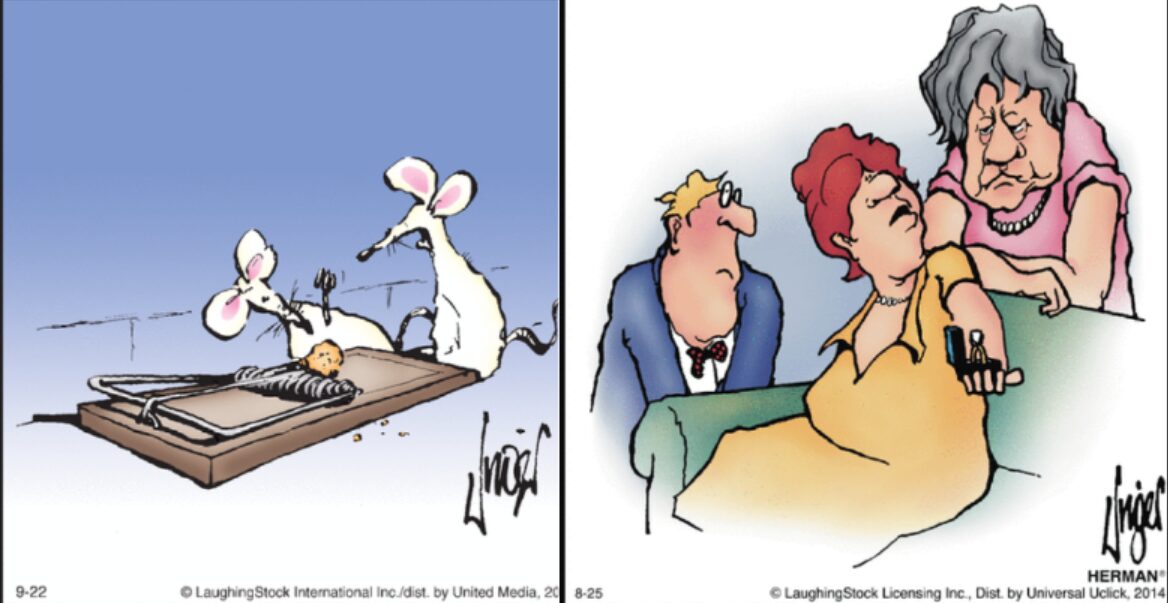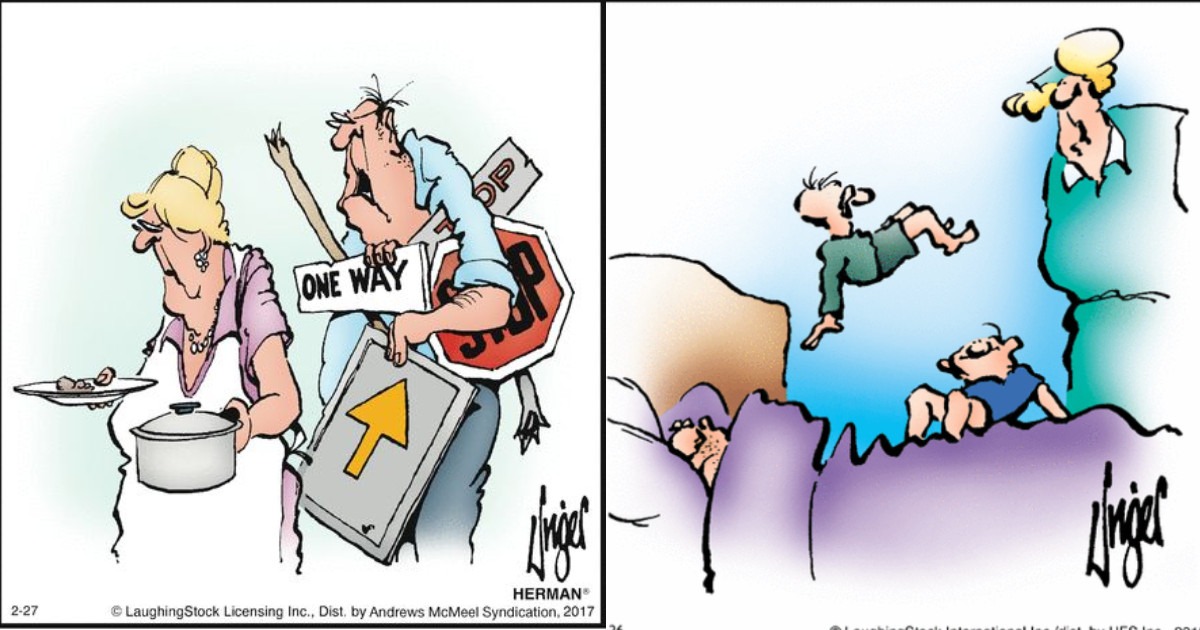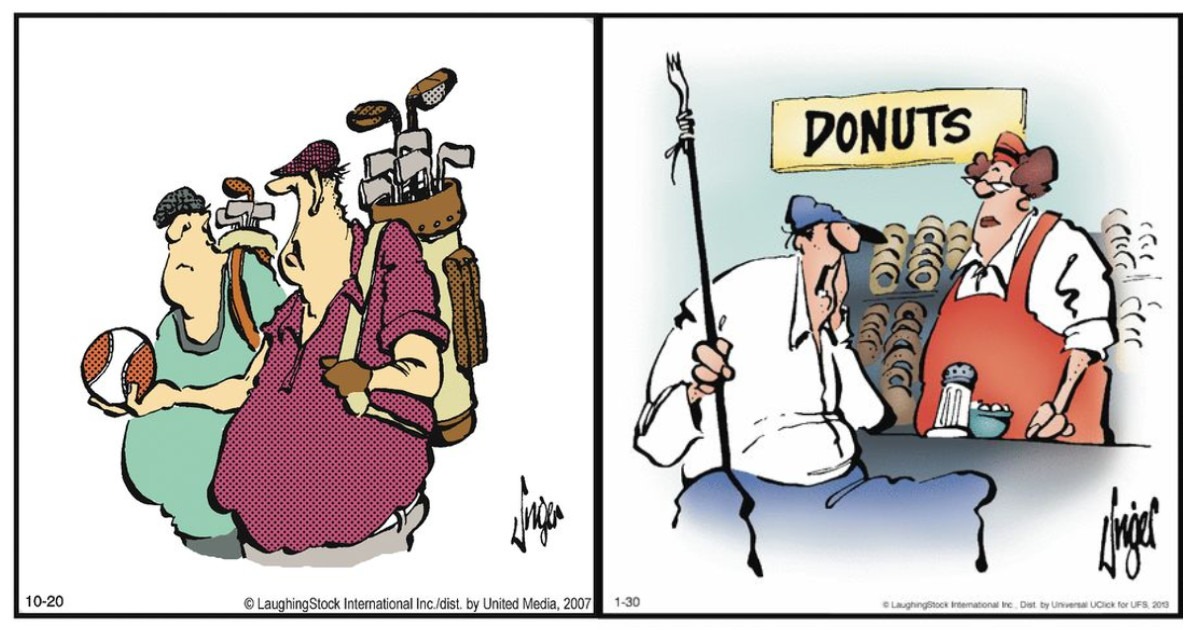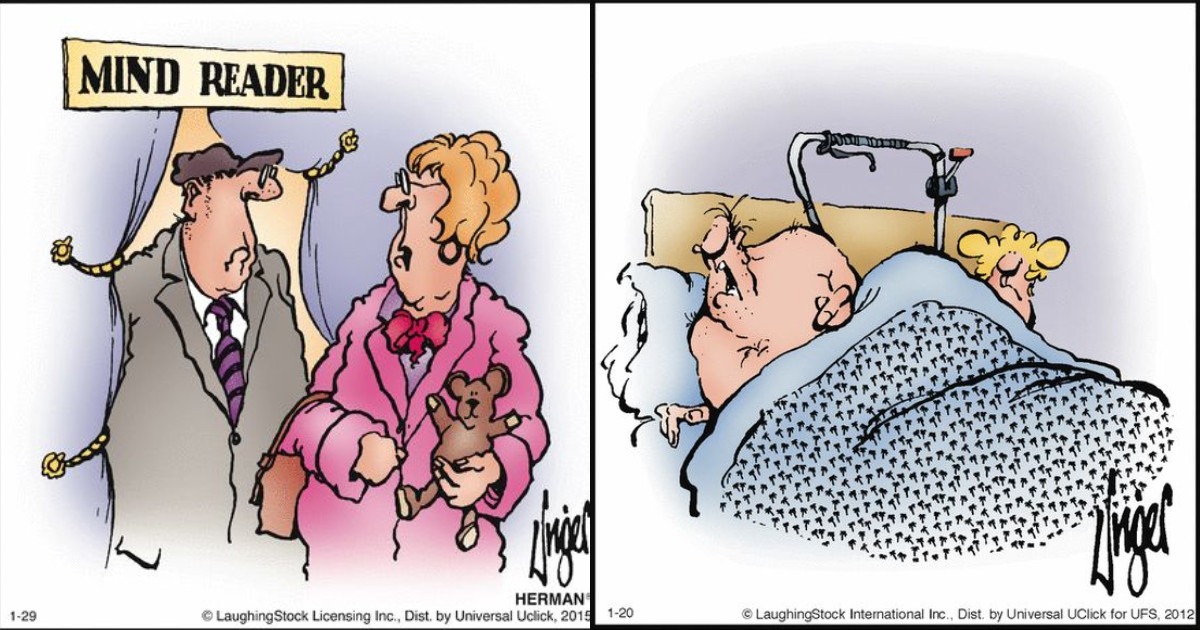Few comics have had the long-term impact and universal appeal of Herman. Herman comics, created by Jim Unger in 1974, immediately became a timeless series noted for its unique blend of wit, dry humour, and keen social critique. The strip’s long-term success stems from its ability to connect with audiences of all ages by reducing life’s oddities and absurdities into short, snappy moments of hilarity. comics, despite its deceptively simple design, provides a profound analysis of human nature, making it a highlight in comic book history.
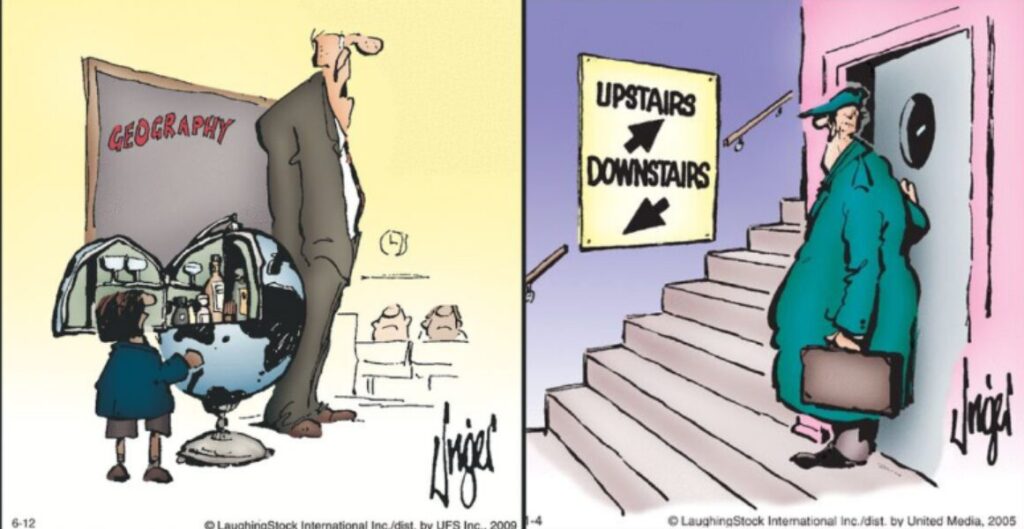
Hilarious Comics
At the heart of the strip is Herman—a bespectacled, frequently perplexed everyman whose existence reflects the common events we all encounter. Whether he’s dealing with bureaucratic frustrations, interpersonal difficulties, or the absurdities of modern life, Herman captures the general human experience with astonishing accuracy. His deadpan demeanour and frequently modest comments make him both accessible and funny, capturing the quiet anger and humour that come with managing life’s many surprises.
Source & Credit: Herman Cartoon Strip & Others
Disclaimer: The comic strip showcased on our platform are the intellectual property of their creators. Our aim is to share these remarkable works with a broader audience. If any artist feels their work is not appropriately credited or is being misused, please contact us promptly for resolution. We respect the rights of creators and are committed to addressing any concerns swiftly.
#1
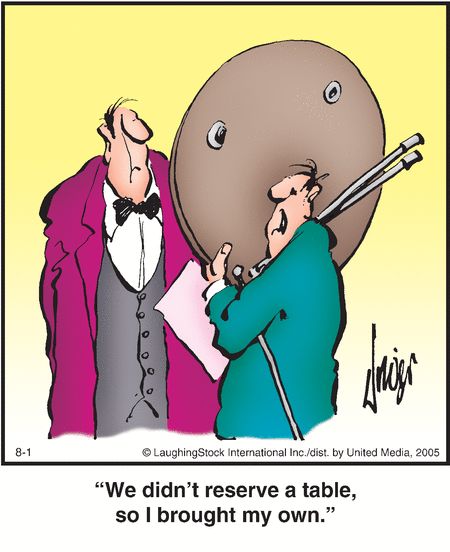
#2
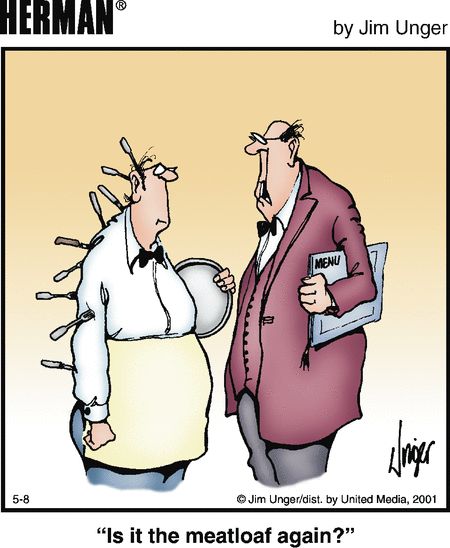
#3
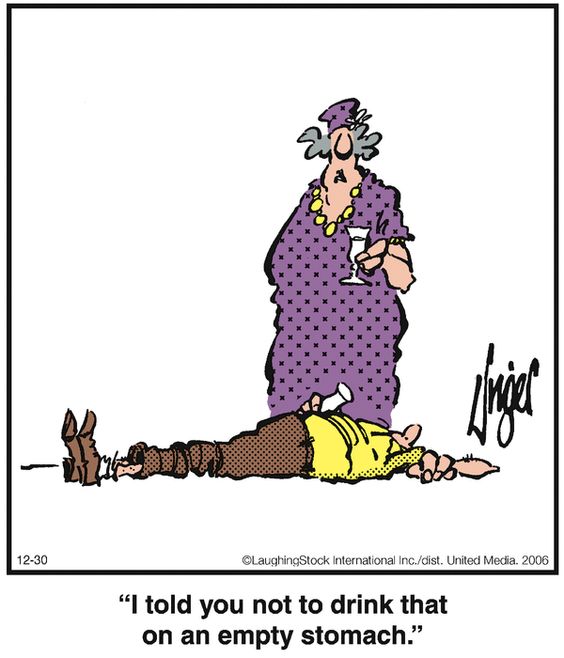
#4
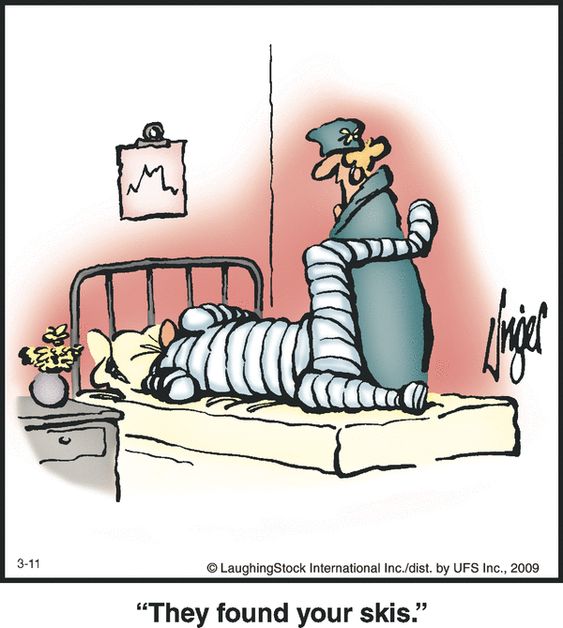
However, Herman’s charm extends far beyond its minimalist allure. It boasts a remarkable versatility that allows it to explore a myriad of scenarios and themes with seamless grace. From the familiar landscape of office politics and family dynamics to the fantastical realms of extraterrestrial encounters and whimsical time-travel adventures, Herman’s escapades traverse a vast spectrum of human experiences, resonating with readers across cultural and generational divides.
#5

#6
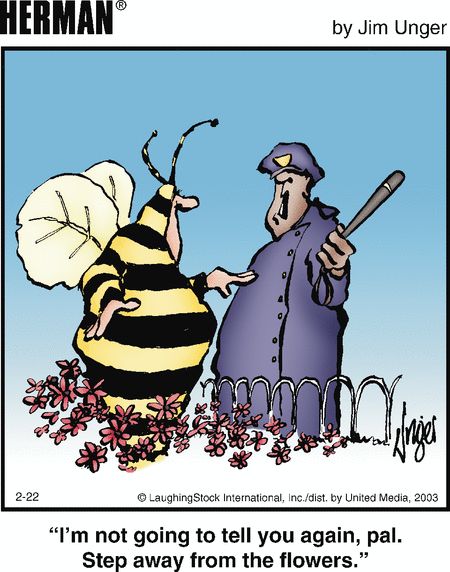
#7
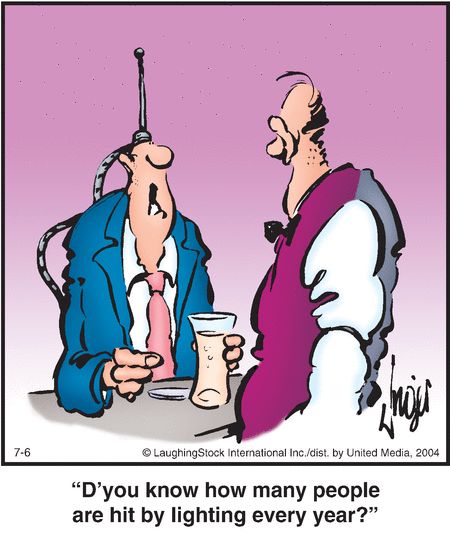
#8
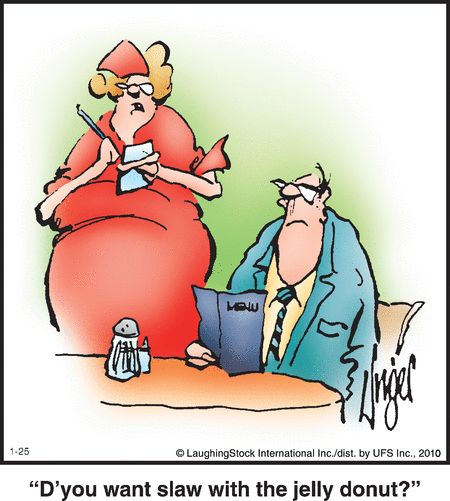
#9
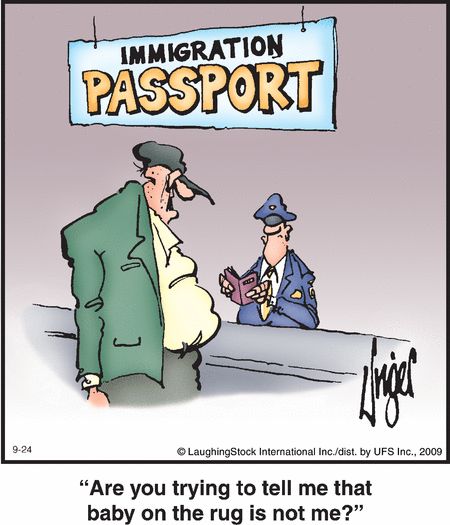
#10
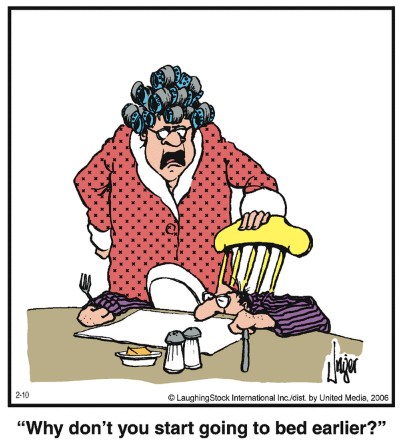
#11
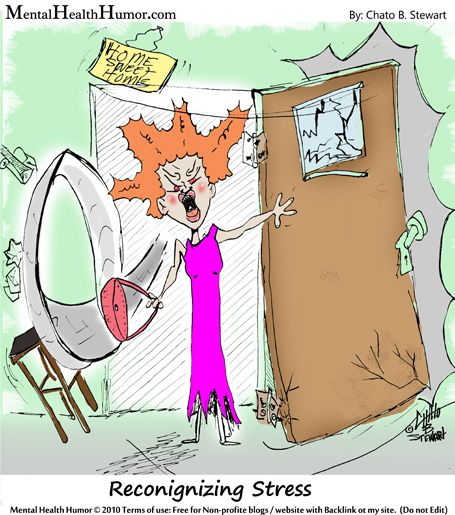
#12

#13
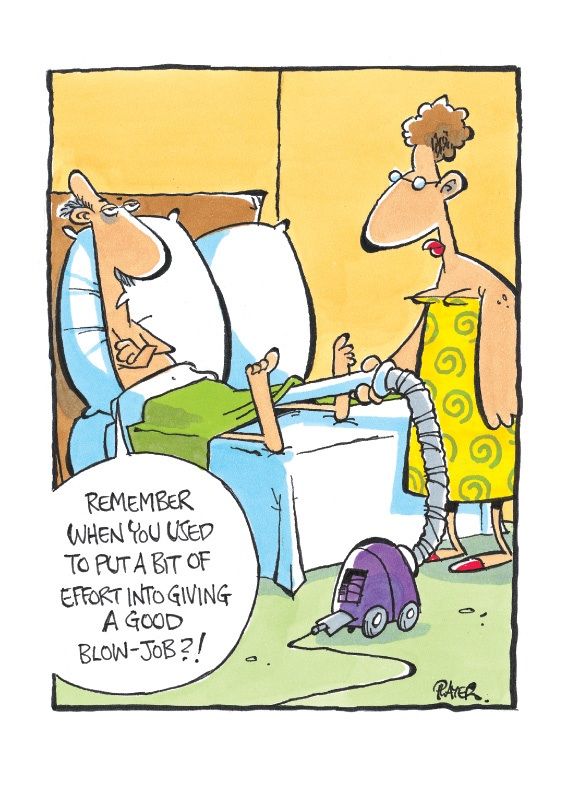
#14

#15
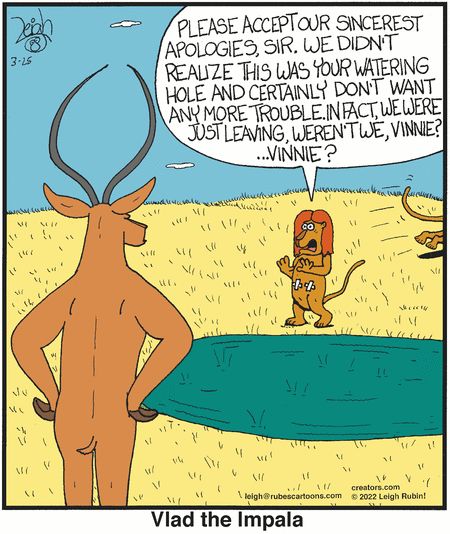
#16
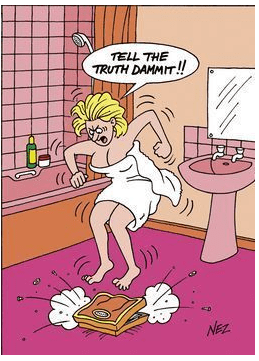
#17
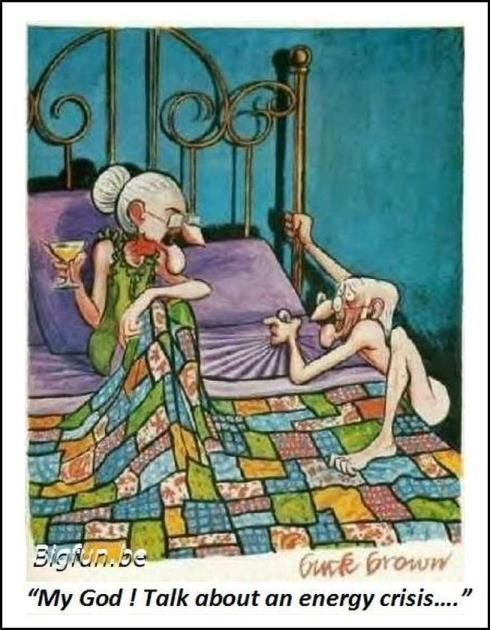
#18
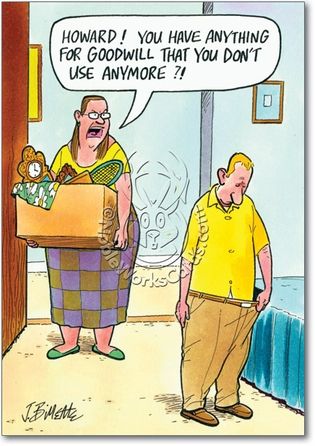
#19
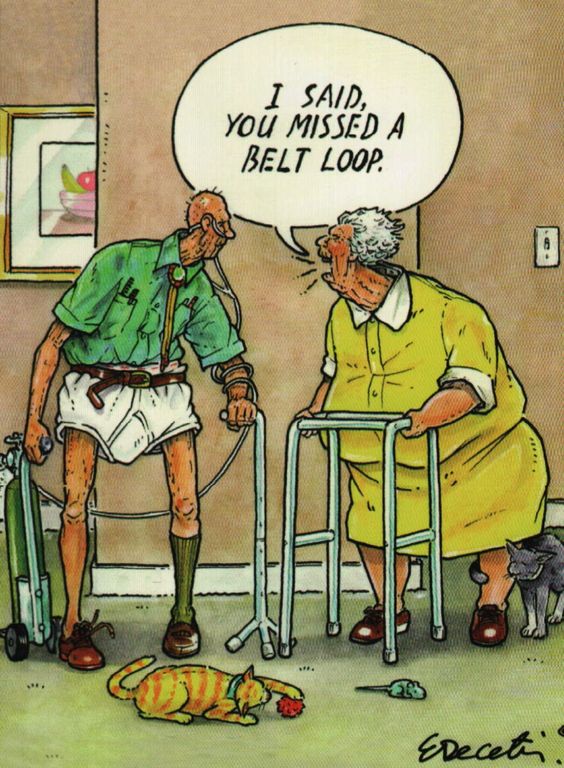
#20
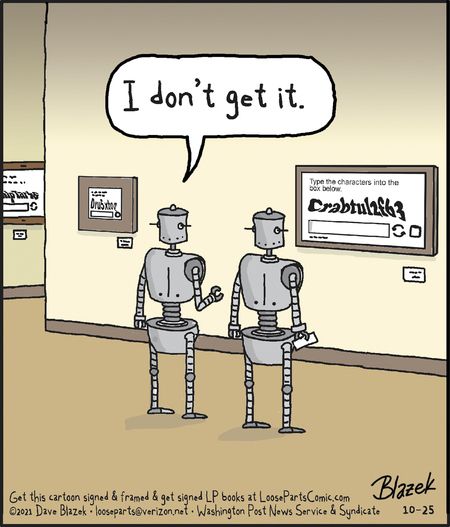
Despite its minimalistic format, the humor in Herman is far from shallow. Unger’s humor is layered, often relying on irony, sarcasm, and clever observations about human nature. His characters, though simply drawn, are rich in personality. Their exaggerated expressions and body language speak volumes, allowing readers to infer emotions and situations without needing excessive dialogue. This visual storytelling adds depth to the humor, making each panel a complete, self-contained story that invites reflection as well as laughter.
The versatility of Strips is another reason for its long-lasting appeal. Unger’s humor transcends specific settings or contexts, allowing him to address a broad range of topics. From office politics and marriage to aging and technology, the strip effortlessly adapts to various themes, ensuring that it remains relevant regardless of the era. Whether set in a hospital, a courtroom, or outer space, Herman consistently captures the absurdity of human behavior, making it universally relatable.
This universal relatability is perhaps Herman’s greatest strength. Unger had an uncanny ability to highlight the shared experiences and idiosyncrasies that define humanity. His work resonates because it taps into common frustrations, joys, and misunderstandings. Readers from all walks of life can see themselves reflected in Herman’s world—whether they’re dealing with stubborn coworkers, misunderstanding spouses, or the many quirks of daily life. This connection fosters a sense of camaraderie and shared humor, making Herman a comforting and familiar presence in readers’ lives.
While Strips is undeniably funny, it also offers subtle social commentary. Many strips gently poke fun at societal norms, exposing the absurdities of human behavior and institutions. By using humor to critique everything from corporate culture to healthcare systems, Unger invites readers to question the world around them while still finding reasons to laugh. This balance of humor and insight gives Strips a depth that goes beyond mere entertainment, offering readers a thoughtful perspective on their own lives.
Over the decades, Strips has garnered a loyal following and widespread acclaim. Its syndication in newspapers worldwide introduced it to millions of readers, making it a daily staple in homes and offices. Beyond the newspaper pages, the publication of strips compilations in book form allowed fans to collect and revisit their favorite strips, further cementing its status as a classic. These collections introduced new generations to Unger’s humor, ensuring that remained relevant and appreciated long after its initial publication.
Despite Unger’s passing in 2012, Herman’s legacy continues to thrive. The comic’s timeless humor and universal themes ensure its place in the pantheon of great comic strips. Its influence can be seen in the work of contemporary cartoonists who draw inspiration from Unger’s ability to blend simplicity with sharp, observational humor. Even decades after its creation, it remains as fresh and funny as ever, a testament to the enduring power of Unger’s vision.
In conclusion, Herman is more than just a comic strip—it’s a reflection of the human experience. Through its sharp wit, relatable scenarios, and timeless humor, it continues to resonate with readers across the globe. Jim Unger’s gift for turning life’s ordinary moments into extraordinary humor ensures that Herman will remain a beloved treasure for generations to come. Whether you’re encountering it for the first time or revisiting old favorites, Herman invites you to laugh at life’s absurdities and find joy in the everyday.


